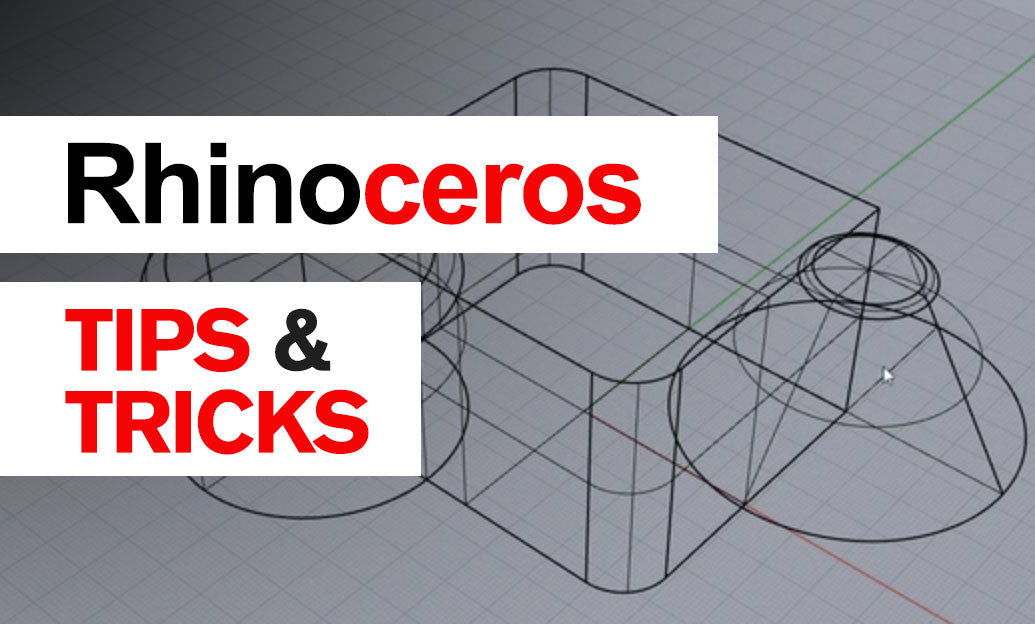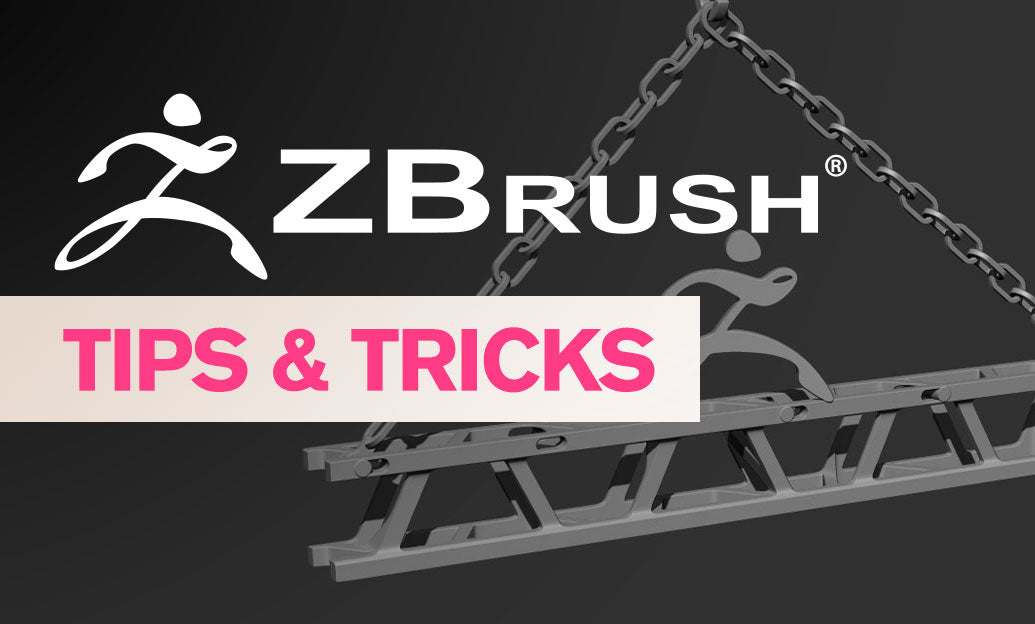Your Cart is Empty
Customer Testimonials
-
"Great customer service. The folks at Novedge were super helpful in navigating a somewhat complicated order including software upgrades and serial numbers in various stages of inactivity. They were friendly and helpful throughout the process.."
Ruben Ruckmark
"Quick & very helpful. We have been using Novedge for years and are very happy with their quick service when we need to make a purchase and excellent support resolving any issues."
Will Woodson
"Scott is the best. He reminds me about subscriptions dates, guides me in the correct direction for updates. He always responds promptly to me. He is literally the reason I continue to work with Novedge and will do so in the future."
Edward Mchugh
"Calvin Lok is “the man”. After my purchase of Sketchup 2021, he called me and provided step-by-step instructions to ease me through difficulties I was having with the setup of my new software."
Mike Borzage
Rhino 3D Tip: Make2D Styles for Consistent, Presentation-Ready Linework
November 26, 2025 2 min read

Make2D styles turn complex 3D models into clean, consistent 2D linework in seconds. Here’s how to get reliable, presentation-ready drawings every time.
Why styles matter
- Consistency: Lock in linetypes, weights, and layers so every view matches your brand or drawing standard.
- Speed: One click to repeat settings across multiple views or projects.
- Clarity: Control silhouettes, hidden lines, and tangents for readable line hierarchies.
Pre-flight checks
- Units and tolerances: Set Document units and Absolute tolerance before running Make2D to minimize micro-segments.
- Named Views: Save camera positions (NamedView) for batching and re-runs.
- Layer print widths: Predefine print widths by layer in your template so Make2D inherits them.
- Display sanity check: Use a shaded/edge display mode to preview what silhouettes and creases will communicate.
Create a Make2D style (Rhino 8+)
- Select geometry and run Make2D.
- Views: Choose Current, Named Views, or Multiple. Batch processing is ideal for boards and linework packs.
- Line groups:
- Visible edges: Solid line, medium weight.
- Silhouettes: Heavier weight to anchor the read; consider a darker layer color.
- Hidden lines: Dashed linetype, lighter color/weight.
- Tangent edges: Optional; enable for soft form legibility, disable for technical clarity.
- Layering strategy:
- Maintain source layers for fabrication packages and BOM workflows.
- By object type for fast graphic control (Visible/Hidden/Silhouette/Tangent on distinct layers).
- Organization: Enable Group output; choose Place in Model Space or send directly to a Layout if documenting.
- Clipping and sections: If using ClipPlanes, enable section/silhouette options for clean cut line emphasis.
- Save settings as a Style preset so you can recall it across files.
Three ready-to-use style patterns
- Concept Sketch: Thick silhouettes, no hidden, subtle tangents, slightly varied print widths for depth.
- Technical Draft: Clear hidden lines (short dash), no tangents, explicit creases, layer by type, widths aligned to your CAD standard.
- Illustrator Export: Minimal weights in Rhino, distinct layers by type, no hatches; refine stroke/appearance in AI after exporting.
Clean-up and optimization
- Use SelDup to remove duplicates; then SimplifyCrv or MergeCrv where appropriate.
- Avoid ultra-tiny features: Model scale and tolerance drive Make2D complexity and file weight.
- Compare HiddenLine for quick previews; finalize with your Make2D style for full control.
Exporting
- AI, DWG, or DXF: Preserve layer structure and map lineweights. Export at 1:1 if planning scale control downstream.
- PDF: Use Print widths and vector output for crisp lines on boards and submission sets.
Pro tips
- Template it: Store your Make2D styles, layers, and print widths in a project template for instant consistency.
- Batch once, refine many: Generate a full set from Named Views, then iterate design without rebuilding your graphic system.
- Upgrade benefits: Rhino 8’s Make2D refinements and style presets streamline drawing production—get it from NOVEDGE.
Need Rhino, plugins, or expert advice? Explore bundles, upgrades, and support at NOVEDGE for a smoother presentation pipeline.
You can find all the Rhino products on the NOVEDGE web site at this page.
Also in Design News

Cinema 4D Tip: Stepped Holds and Timeline Filters for Efficient Blocking and Polish
November 26, 2025 2 min read
Read More
V-Ray Tip: V-Ray CUDA Hybrid Rendering — Quick Setup and Performance Best Practices
November 26, 2025 2 min read
Read More
ZBrush Tip: Solo Mode: Rapid SubTool Isolation for Precise Editing
November 26, 2025 2 min read
Read MoreSubscribe
Sign up to get the latest on sales, new releases and more …


